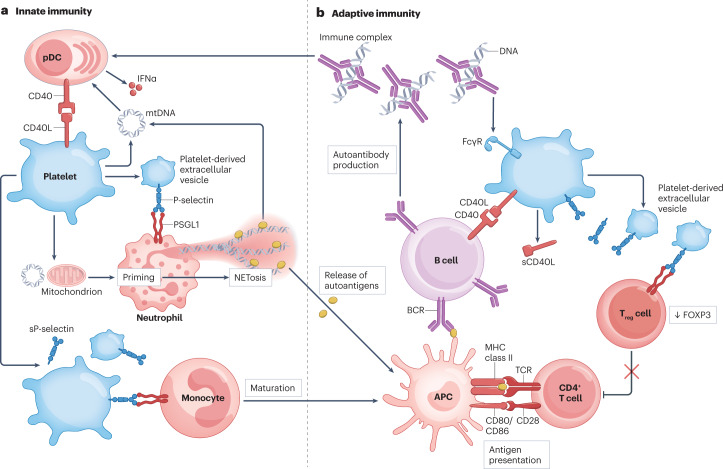Fig. 2. Activated platelets interact with and activate innate and adaptive immune cells.
Activated platelets and platelet-derived extracellular vesicles physically interact with immune cells and stimulate an inflammatory response. a, Innate immunity. Platelets aggregate with plasmacytoid dendritic cells (pDCs) through CD40 ligand (CD40L)–CD40 interactions and stimulate interferon-α (IFNα) production in response to circulating immune complexes. Platelets also interact with monocytes and neutrophils through the P-selectin–P-selectin glycoprotein ligand 1 (PSGL1) axis, leading to the maturation of monocytes to antigen-presenting cells (APCs) and the priming of neutrophils. Platelets release mitochondria and mitochondrial DNA (mtDNA), which induce neutrophil activation and the production of neutrophil extracellular traps (NETosis). This leads to the release of autoantigens that are processed by APCs and presented to lymphocytes. b, Adaptive immunity. Activated platelets express membrane CD40L and soluble CD40L (sCD40L), which stimulate B cell responses and the production of autoantibodies. P-selectin-positive platelets and platelet-derived extracellular vesicles interact with regulatory T cells (Treg cells), leading to FOXP3 downregulation and Treg cell dysfunction. BCR, B cell receptor; FcγR, Fcγ receptor; sP-selectin, soluble P-selectin; TCR, T cell receptor.

